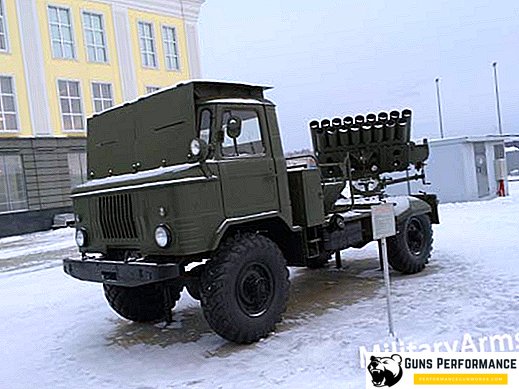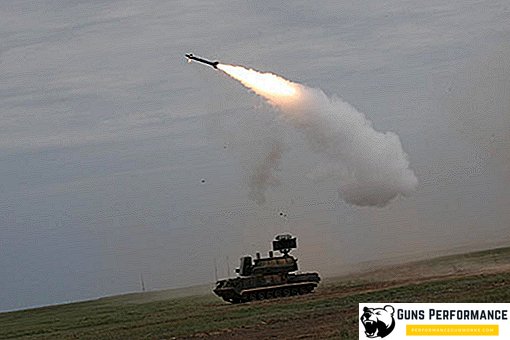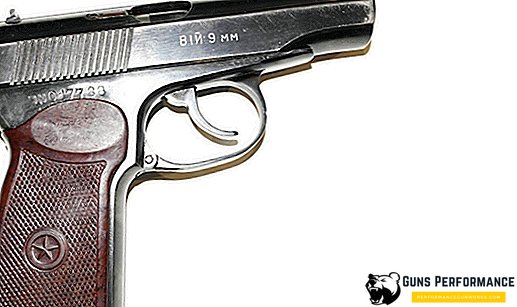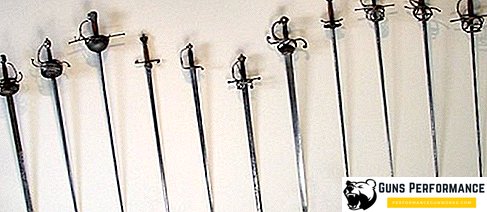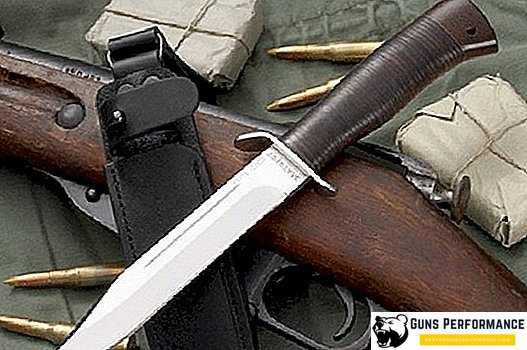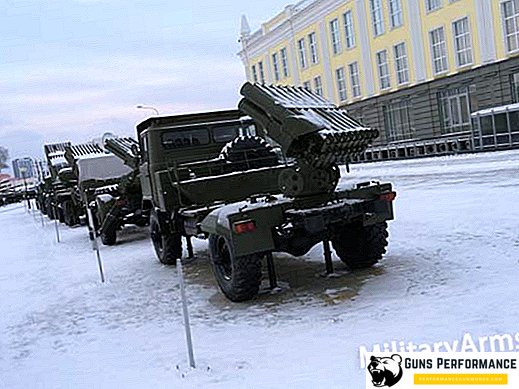
The combat vehicle BM-14-17M became the successor to the glorious rocket launchers of the Great Patriotic War. The product was developed in the late 40s to replace the obsolete BM salvo system on the platform of ZIS-6 cars and American Studebaker cars. The main work on the creation of a new combat vehicle BM-14-17M was completed in 1952, after which the weapon was put into service by the Soviet Army. In the 1950s, the creation of the last modification of the MLRS, adapted to the GAZ-66 car platform, was completed. The last modification in 1958 was adopted by the Soviet Army. Index GRAU - 8U36M
The serial production was carried out until 1960, after which the BM-21 salvo fire system on the Ural car platform replaced.

Tactical and technical data of the combat vehicle BM-14-17M
- Combat use: military conflicts of the second half of the XX century.
- Calculation - 7 people.
- Combat weight - 5.83 tons
- Length - 5.65 m, width - 2.34 m, height - 2.44 m, ground clearance - 315 mm.
- Number of guides - 17 pcs.
- The weight of the missile - 39.6 kg.
- Uncontrollable rocket caliber - 140.3 mm.
- The angle of horizontal guidance is 70 degrees.
- The angle of vertical guidance is from 0 to +50 degrees.
- Full salvo time - 10 sec.
- The maximum firing range is 9.8 km.
- Chassis: GAZ-66.
- The maximum speed is 90 km / h.
- Power reserve - 980 km.
- Transfer time from traveling to combat: 2 min.
In addition to the Soviet Army, the BM-14-17M was shipped to countries in Africa, the Middle East and Asia. The bulk of the new technology was delivered to Egypt, to Syria and to Ethiopia, where the vehicles formed the backbone of the artillery strike groups. The machine has repeatedly participated in the Arab-Israeli conflicts, in military operations in Angola and in Mozambique.
Photo machine
